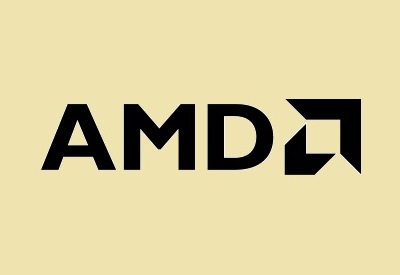Intel Corp.’s (NASDAQ: INTC) $16.7 billion acquisition of Altera Corp. (NASDAQ: ALTR) is meant to bolster its position in data centers and the Internet of Things, both potentially very lucrative markets, and is moreover expected to provide a boost to earnings and free cash flow in the first year after closing. It also highlights in just how much better shape Intel is than rival Advanced Micro Devices Inc. (NASDAQ: AMD), which has nowhere near that kind of money to spend on acquisitions.
Like Intel, AMD has suffered from the continued decline in personal computer (PC) shipments. However, Intel’s considerably larger size gives it a pricing edge and has allowed it to weather this tough environment much better than AMD, which has been struggling to turn a profit over the past few years. In fact, its net income has not been in the black since 2011. This is reflected in its stock price, which is down more than 42% over the past year and is hovering near all-time lows at $2.14.
The company’s latest earnings report showed few signs of improvement. First-quarter revenue declined by a hefty 26% year-over-year and 17% sequentially, with the figure of $1.03 billion missing the $1.05 billion consensus estimate. The net loss for the period totaled $73 million, with the loss per share of $0.09 also below calls for a loss of $0.05. Next quarter, the company expects revenue to contract by another 3%.
ALSO READ: 4 Chip Stocks That Could Be Huge Internet of Things Winners
The company’s poor performance over the past few years has eaten into its balance sheet. Between 2011 and 2014, the company’s total cash fell from $1.765 billion to $1.040 billion. Until recently, it has managed to keep its cash reserves above $1 billion, but as of the latest quarter, these dropped by $134 million to $906 million, which can be seen as another red flag. At the same time, its debt has risen by $56 million to $2.27 billion. According to Yahoo! Finance, its total debt to equity ratio is now at an incredible 13,341.
The amount of money the company can spend on research and development is also dwindling, which is extremely problematic as R&D spend is crucial for chip makers dependent on innovation to remain competitive. Between 2011 and 2014, R&D spending fell from around $1.45 billion to $1.03 billion. For reference, Intel’s R&D spend rose from $8.35 billion to $11.53 billion over the same period.
As such, there are very few reasons to be optimistic about AMD’s prospects at the moment. Unless the company finds a way to reboot sales growth, and shore up its bottom line and balance sheet, it is very likely that the stock will face more downside.
ALSO READ: 5 More Semiconductor Merger Candidates After Altera
Thank you for reading! Have some feedback for us?
Contact the 24/7 Wall St. editorial team.





